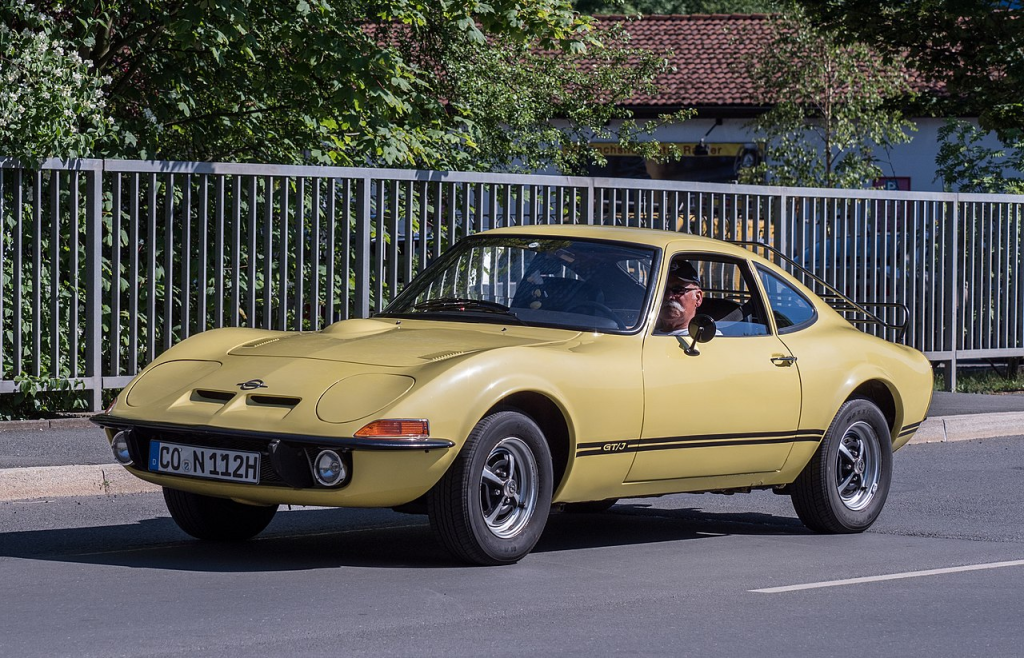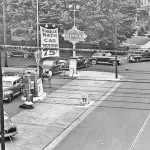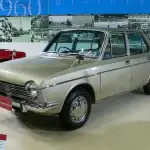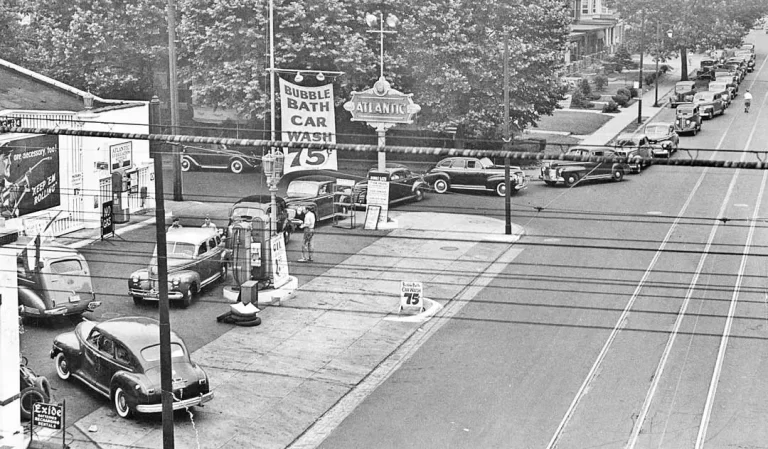
In the tumultuous economic landscape of the late 1920s, General Motors (GM) seized a golden opportunity that would shape the destiny of both American and European automotive history. The year was 1929, and the strategic move began with Opel being listed on the stock market. This gave the suits and ties at GM the opportunity to purchase shares of the German automaker. Despite war and circumstance, Opel would remain a part of the GM family for nearly 90 years.
General Motors buys into Opel
The roots of GM’s relationship with Opel can be traced back to January 29, 1929, when General Motors would make its first investment in Opel after the German automaker had gone public. With its eyes on the expansive European market, General Motors seized the opportunity, acquiring 80 percent of Opel on March 7, 1929.
By 1931, General Motors had become the sole shareholder, enriching the Opel family by some $33 million. This move reflected GM’s vision to establish a strong presence in the European automotive industry, aligning with the broader strategy of becoming a global automotive powerhouse.

GM, Opel and WWII
As General Motors solidified its ownership of Opel, the 1930s witnessed a period of integration and innovation. The collaboration allowed for the exchange of technological know-how and design philosophies, leading to the development of new models that reflected the synergy between American and European automotive sensibilities. Then the war came.

As the United States joined World War II, Opel found itself in the crosshairs of Allied bombing campaigns owing to its association with the German war effort. The fact of the matter was, Opel, as well as German subsidiaries and factories of Ford Motor Company, was building planes, trucks and other items for the German war effort. In response, the American government, invoking the Trading with the Enemy Act, assumed control over Opel and other German assets held by GM and other American companies. Post-war, U.S. authorities placed the company under trust administration as part of the broader efforts to manage and oversee the transition in the aftermath of the conflict.
Postwar GM & Opel
The aftermath of World War II presented both challenges and opportunities for Opel and General Motors. The reconstruction of Opel’s facilities was a monumental task, but GM’s financial backing and engineering expertise played a pivotal role in revitalizing the German automaker. The post-war years saw Opel introducing models like the Kapitän and Olympia, symbolizing a resurgence in innovation and design.

Throughout the 1950s and 1960s, GM’s US based brands and Opel shared platforms and design philosophies that led to the development of iconic models like the Opel GT, Rekord, and Kadett. Opel’s success in this period contributed significantly to General Motors’ global expansion, solidifying its position as a major player in the European automotive market.
Entering the 2000s

The late 20th century brought about challenges, including economic shifts, fuel efficiency concerns, and the need for global adaptation. By the early 2010s Opel found itself facing financial uncertainties, prompting strategic moves to secure its future. In February 2012, Opel announced a major alliance with PSA Peugeot Citroen, a venture that reflected GM’s broader efforts to streamline operations and achieve significant cost savings. However, despite initial optimism, the alliance did not yield the expected results, leading GM to sell its 7% interest in PSA in December 2013.
Opel faced further challenges with the closure of its Bochum plant in December 2014, signaling the impact of overcapacity on manufacturing operations. The withdrawal from the Chinese market in 2015, coupled with aggressive discounting practices in the European mass-market, contributed to the complexities that GM’s European operations were navigating.
GM sells Opel

In a pivotal moment in Opel’s history, the PSA Group agreed to acquire Opel in March 2017. The completion of the acquisition in August 2017 marked a new chapter for Opel under the umbrella of PSA Group. Under the leadership of Michael Lohscheller, Opel saw a significant turnaround, achieving an operating income of €859 million in the 2018 financial year, marking the first positive income since 1999. However, the winds of change continued to blow, and Opel became part of the larger Stellantis conglomerate on January 16, 2021, following the merger of its parent company, PSA Group, with Italian-American group Fiat Chrysler Automobiles.
As Uwe Hochgeschurtz took the helm in September 2021, succeeding Michael Lohscheller, Opel entered a new era within the Stellantis group. The intricate tapestry of Opel’s history, woven through partnerships, challenges, and strategic shifts, remains a testament to the resilience and adaptability of an iconic brand that has left an indelible mark on the automotive landscape. As Opel continues its journey under the Stellantis banner, only time will reveal the next chapter in this storied automotive legacy.

















